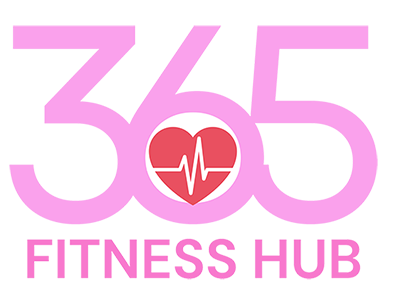The Squat: The Ultimate Strength Exercise for Lifelong Mobility
The squat is often hailed as one of the most effective and comprehensive exercises for building strength. However, its benefits extend far beyond just muscle gains. Incorporating squats into your fitness routine can significantly improve your mobility, particularly as you age. Here’s why the squat is considered the best strength exercise and how it can enhance your mobility over time.
The Comprehensive Benefits of Squats
Full-Body Workout: Squats primarily target the muscles of the lower body, including the quadriceps, hamstrings, glutes, and calves. However, they also engage the core, lower back, and even the upper body to a lesser extent, making it a full-body exercise.
Functional Movement: Squats mimic everyday movements such as sitting down and standing up. This makes them incredibly functional, improving your ability to perform daily tasks with ease.
Calorie Burner: Due to the large muscle groups involved, squats are an efficient way to burn calories and boost your metabolism.
Strength and Power: Regular squatting increases muscle strength and power, which are essential for athletic performance and overall physical health.
Bone Health: Weight-bearing exercises like squats promote bone density, reducing the risk of osteoporosis and fractures as you age.
How Squatting Enhances Mobility
Improves Joint Flexibility:
Squatting through a full range of motion (ROM) enhances the flexibility of your hips, knees, and ankles. Improved joint flexibility helps prevent stiffness and reduces the risk of injury.
Strengthens Stabilizing Muscles:
Squats engage the stabilizing muscles around your joints, which are crucial for maintaining balance and stability. Strong stabilizing muscles support better movement patterns and prevent falls.
Enhances Balance and Coordination:
The squat requires coordination and balance, especially when performed correctly. As you age, maintaining these skills is vital for preventing falls and improving overall mobility.
Promotes Proper Posture:
Squats help strengthen the muscles of the core and lower back, which are essential for maintaining good posture. Proper posture reduces the risk of back pain and enhances your ability to move efficiently.
Increases Lower Body Strength:
Strong legs are fundamental for mobility, particularly as you age. Squats build the strength necessary for walking, climbing stairs, and standing up from a seated position.
Boosts Functional Independence:
By improving strength, balance, and flexibility, squats enhance your ability to perform daily activities independently, promoting a higher quality of life as you age.
Tips for Safe and Effective Squatting
Focus on Form: Ensure you have proper form before adding weight. Keep your chest up, back straight, and knees aligned with your toes.
Start with Body Weight: Begin with bodyweight squats to master the movement. As you become more comfortable, gradually add weights.
Use a Full Range of Motion: Squat down as far as you can while maintaining good form. This will maximize the benefits for your joints and muscles.
Incorporate Variations: Try different squat variations such as goblet squats, split squats, and Bulgarian split squats to target different muscle groups and add variety to your routine.
Consistency is Key: Regular practice is essential for reaping the benefits. Aim to include squats in your workout routine at least two to three times a week.
Listen to Your Body: Pay attention to any discomfort or pain. Adjust your technique or consult a fitness professional if necessary to avoid injury.
Conclusion
The squat is more than just a strength exercise; it is a powerful tool for enhancing mobility and maintaining functional independence as you age. By incorporating squats into your fitness routine, you can improve joint flexibility, strengthen stabilizing muscles, and enhance balance and coordination. These benefits contribute to better movement patterns, reduced injury risk, and a higher quality of life. Embrace the squat, and enjoy the lasting benefits of improved mobility and strength.

